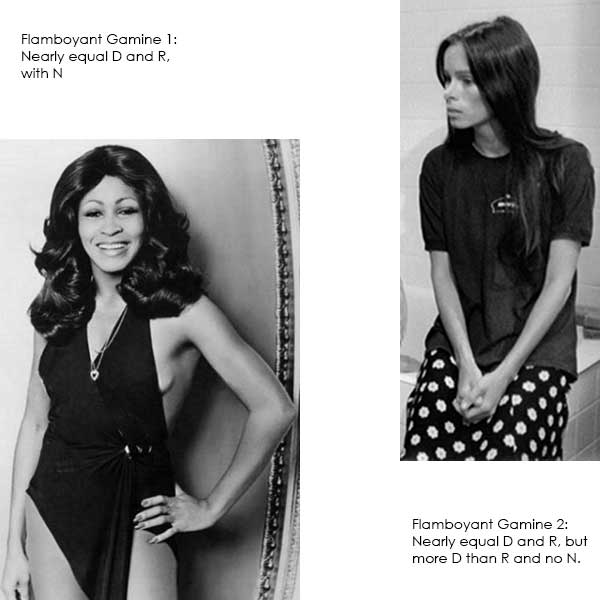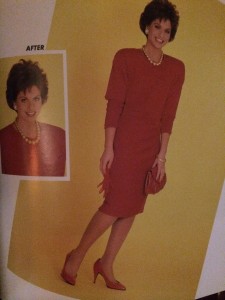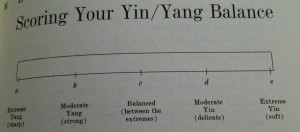One of the main things about Kibbe that causes confusion is the idea of essence. He says that “inside” and “outside” can be different, but yet he also goes into the personality of the various Image Identities at length. This can be confusing if, say, you are physically a Gamine, but have a more reserved Classic personality.
I think you have to go back to Kibbe’s inspiration, which is Old Hollywood image making. It didn’t matter what your personality was; they would concoct an image for you based on your physical features alone. Romantic Marilyn Monroe was given a “sex kitten” image, and that was all she was allowed to portray. I think Kibbe does much the same thing, really. He gives you a “metamorphosis” based on what he sees, and nothing else.
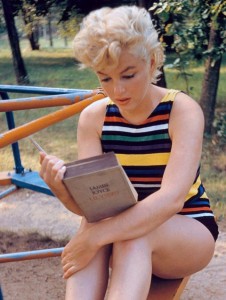
(Source)
Another way to look at it is to think of animation. When designing a character, animators look for how to express who the character is using line. You wouldn’t give a princess-type character non-princessy features unless you were trying to make some sort of statement. Sharp features go to sharp characters.
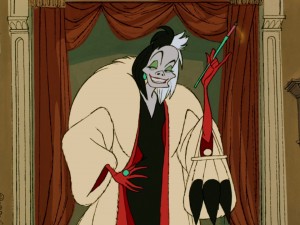
(Source)
Real people, of course, are far more complex. Kibbe is a surface system. It doesn’t work with your personality or lifestyle to try to create something that works with who you are. It simply is meant to create some kind of ideal image of you. It doesn’t work if you look at it as, “But that is not who I am.” He talks a little bit about it in the book, when he goes into how he would dress Shirley MacLaine in her very yin New Age phase. But how to do that for yourself is something that Kibbe doesn’t really go into detail about. Figuring out how to reconcile the two is your job.
I think part of the confusion also stems from the fact that Kitchener uses essence in a different way, and everything is custom. Kibbe is not, and is not going to go deep into you as an individual. Look at your lines and your geometry, and reflect them in your clothes. How to reflect everything else while staying in your Kibbe type is something you have to figure out on your own.
For me, I find that Flamboyant Gamine fits me better, personality-wise, than any of the other types, and I’ve never had a problem with how to express myself within my Kibbe type. But I’m sure that plenty of you have struggled with this, and I’d love to hear how you managed to resolve this issue, or where you are in the process.


